
Euxoa stygialis is a species of cutworm or dart moth in the family Noctuidae first described by William Barnes and James Halliday McDunnough in 1912. It is found in North America.
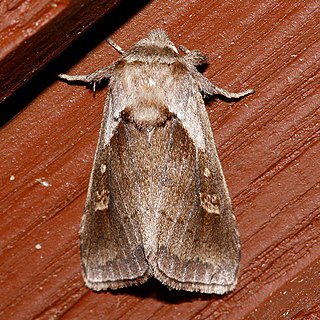
Bellura obliqua, the cattail borer, is a species of cutworm or dart moth in the family Noctuidae. It was first described by Francis Walker in 1865 and it is found in North America.
Agrotis buchholzi, or Buchholz's dart moth, is a species of cutworm or dart moth in the family Noctuidae. It was first described by William Barnes and Foster Hendrickson Benjamin in 1929 and it is found in North America.
Neleucania praegracilis is a species of cutworm or dart moth in the family Noctuidae first described by Augustus Radcliffe Grote in 1877. It is found in North America.
Eupsilia fringata is a species of cutworm or dart moth in the family Noctuidae first described by William Barnes and James Halliday McDunnough in 1916. It is found in North America.
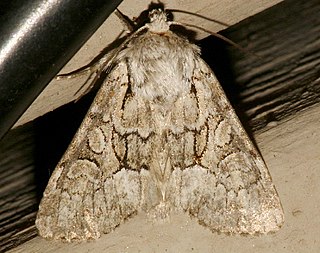
Eremobina claudens, the dark-winged Quaker or Alberta Quaker, is a species of cutworm or dart moth in the family Noctuidae. It was first described by Francis Walker in 1857 and it is found in North America.
Euxoa lillooet is a species of cutworm or dart moth in the family Noctuidae. It is found in North America.
Paradiarsia littoralis, the Labrador dart moth, is a species of cutworm or dart moth in the family Noctuidae. It is found in North America.
Apamea atrosuffusa is a species of cutworm or dart moth in the family Noctuidae first described by William Barnes and James Halliday McDunnough in 1913. It is found in North America.
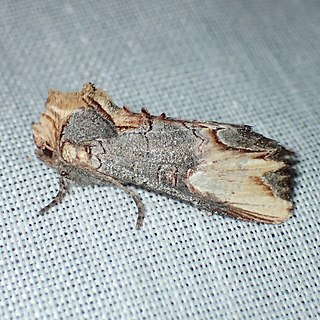
Admetovis similaris is a species of cutworm or dart moth in the family Noctuidae first described by William Barnes in 1904. It is found in North America.
Euxoa xasta is a species of cutworm or dart moth in the family Noctuidae first described by William Barnes and James Halliday McDunnough in 1910. It is found in North America.
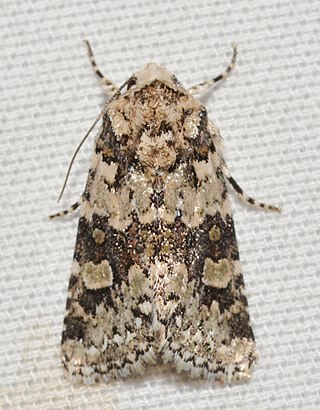
Lacinipolia buscki is a species of cutworm or dart moth in the family Noctuidae first described by William Barnes and Foster Hendrickson Benjamin in 1927. It is found in Australia and North America.
Scotogramma fervida is a species of cutworm or dart moth in the family Noctuidae first described by William Barnes and Foster Hendrickson Benjamin in 1912. It is found in North America.
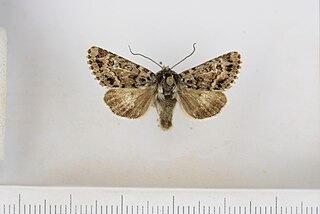
Polia richardsoni is a species of cutworm or dart moth in the family Noctuidae first described by Curtis in 1834. It is found in North America.
Scotogramma submarina is a species of cutworm or dart moth in the family Noctuidae first described by Augustus Radcliffe Grote in 1883. It is found in North America.
Lacinipolia spiculosa is a species of cutworm or dart moth in the family Noctuidae. It is found in North America.
Orthosia tenuimacula is a species of cutworm or dart moth in the family Noctuidae first described by William Barnes and James Halliday McDunnough in 1913. It is found in North America.
Homorthodes gigantoides is a species of cutworm or dart moth in the family Noctuidae first described by William Barnes and James Halliday McDunnough in 1912. It is found in North America.
Lithophane contra, the anti-pinion, is a species of cutworm or dart moth in the family Noctuidae. It was first described by William Barnes and Foster Hendrickson Benjamin in 1924 and it is found in North America.
Eurois nigra, the great black dart moth, is a species of cutworm or dart moth in the family Noctuidae. It was first described by Smith in 1927 and it is found in North America.






